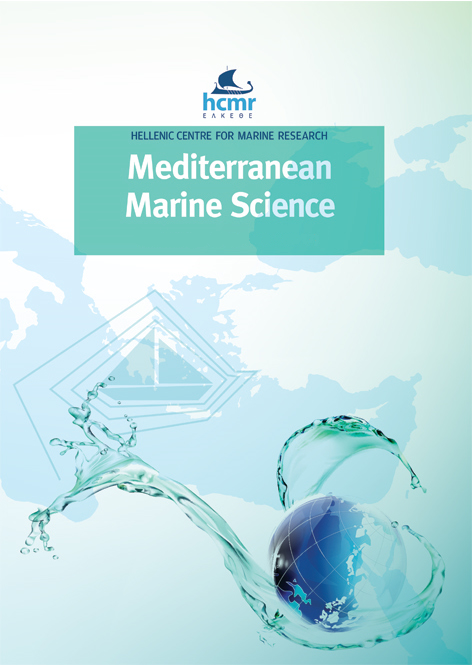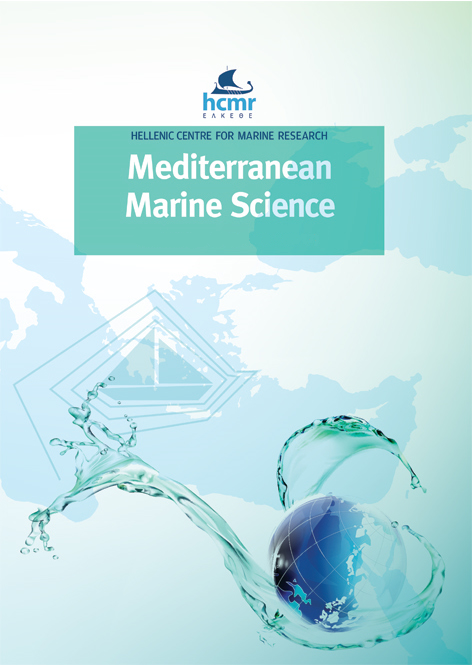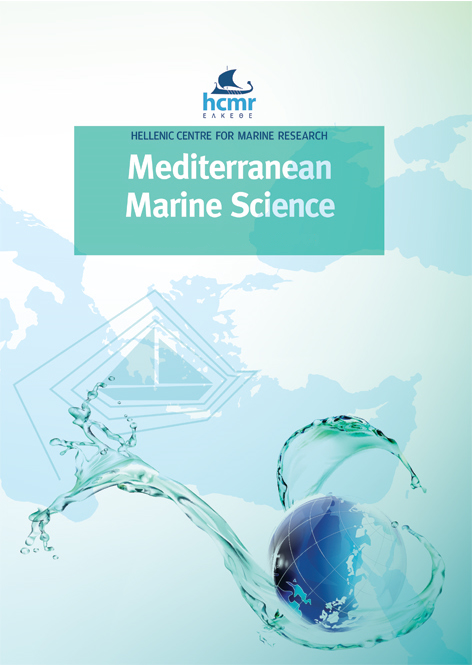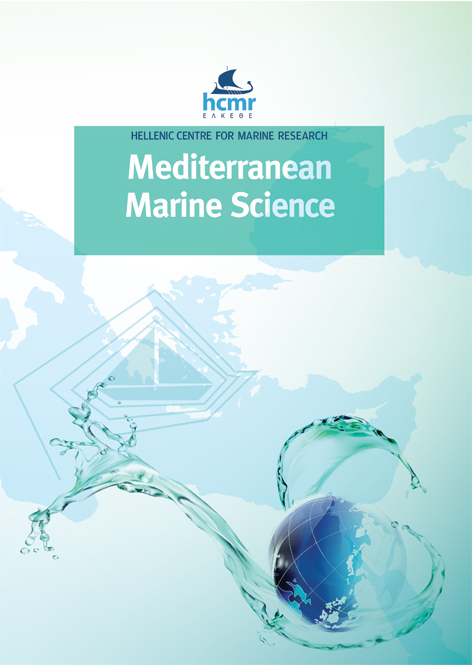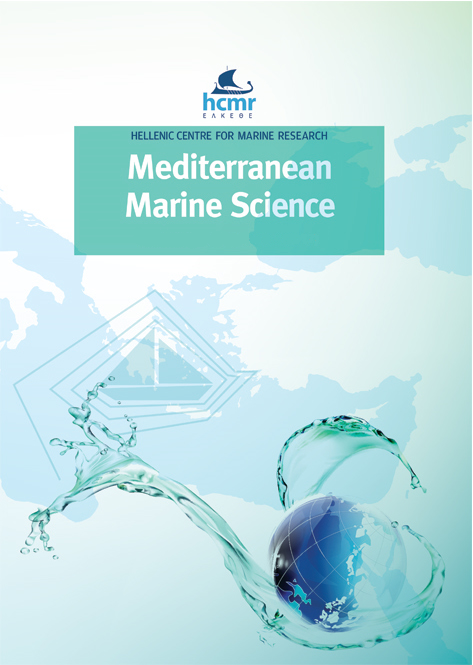First description of early developmental stages of the native invasive fireworm Hermodice carunculata (Annelida, Amphinomidae): a cue to the warming of the Mediterranean Sea
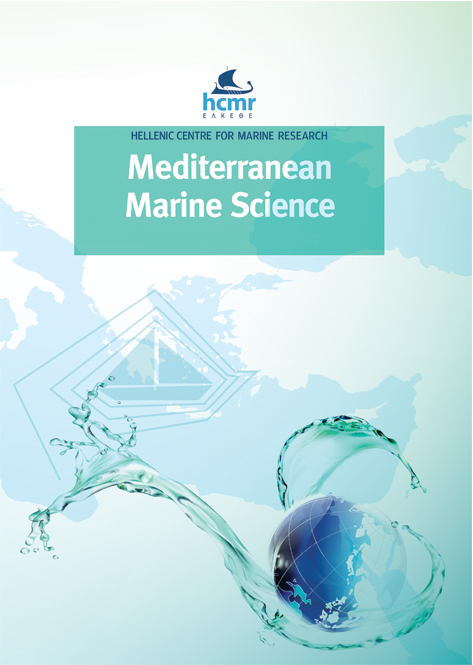
Аннотация
Observations on the reproductive behavior and larval development of the bristled fireworm Hermodice carunculata, a common inhabitant of shallow marine rocky bottoms in the Southern Mediterranean Sea, are reported here. In recent years, an increase in abundance and a northward expansion of the populations along the Southern Italian coast were jointly detected, presumably linked to rising water temperature in the Mediterranean Sea. After making in situ observations on two consecutive spawning events, live worms and fresh spawn were brought into the lab, kept at either 27 ºC or 22 ºC and followed through development. Complete and normal development was observed only at 27°C. By contrast, embryonic and larval development appeared to be slowed down at 22°C, stopping at the protrochophora stage. Early development of H. carunculata suggests the existence of a long pre-metamorphic, planktotrophic period in the water column that can explain the genetic cohesion of this species and the low genetic divergence found among populations across the Atlantic Ocean. The observed increase in abundance, invasiveness potential, and geographical northern distribution of the bearded fireworms is probably determined by a progressive northward latitudinal shift of the sea surface temperature coincident with the temperature threshold required for the developmental and reproductive success of the worm.
Article Details
- Как цитировать
-
TOSO, A., BOULAMAIL, S., LAGO, N., PIERRI, C., PIRAINO, S., & GIANGRANDE, A. (2020). First description of early developmental stages of the native invasive fireworm Hermodice carunculata (Annelida, Amphinomidae): a cue to the warming of the Mediterranean Sea. Mediterranean Marine Science, 21(2), 442–447. https://doi.org/10.12681/mms.22043
- Выпуск
- Том 21 № 2 (2020)
- Раздел
- Short Communication
Authors who publish with this journal agree to the following terms:
- Authors retain copyright and grant the journal right of first publication with the work simultaneously licensed under a Creative Commons Attribution Non-Commercial License that allows others to share the work with an acknowledgement of the work's authorship and initial publication in this journal.
- Authors are able to enter into separate, additional contractual arrangements for the non-exclusive distribution of the journal's published version of the work (e.g. post it to an institutional repository or publish it in a book), with an acknowledgement of its initial publication in this journal.
- Authors are permitted and encouraged to post their work online (preferably in institutional repositories or on their website) prior to and during the submission process, as it can lead to productive exchanges, as well as earlier and greater citation of published work (See The Effect of Open Access).






